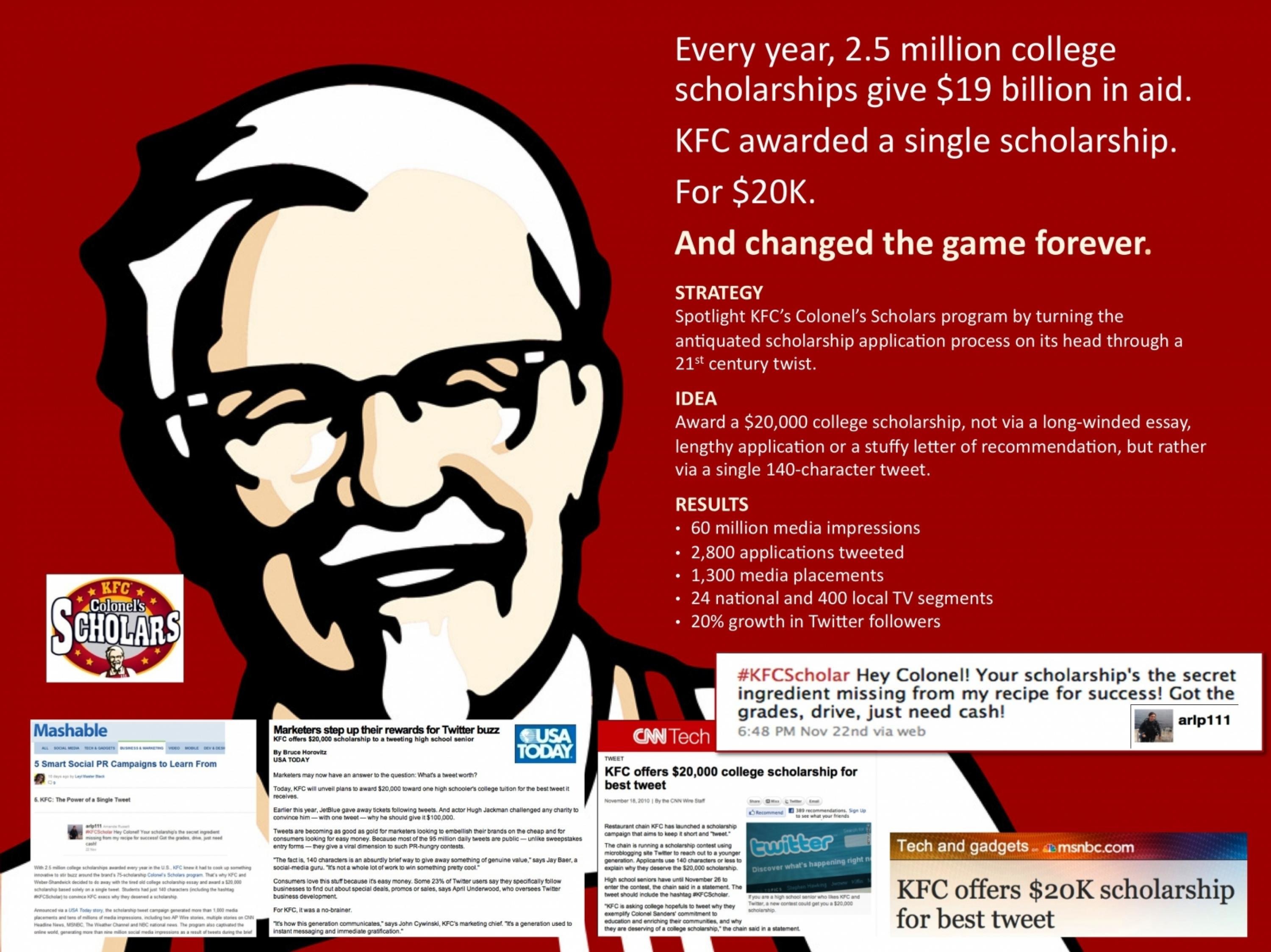Creative Effectiveness > Creative Effectiveness
WE BELIEVE IN D&T
WEBER SHANDWICK, London / THE DESIGN AND TECHNOLOGY ASSOCIATION / 2014
Overview
Credits
Overview
BriefExplanation
In 2011, the United Kingdom Government’s National Curriculum Review promised major changes to the school curriculum. The overriding goal of our campaign was to reverse this government decision as it applied to Design and Technology, keeping the subject on the compulsory National Curriculum.
Design and Technology is more expensive to provide than other school subjects. If it was removed as a statutory National Curriculum subject it was likely that schools would drop the subject – with savings in the short term, but long term dangers as children became “deskilled” and routes to STEM careers via a practical pathway would be removed. Innovation and design were under threat. The jobs of thousands of teachers were at risk.
Weber Shandwick launched the “We Believe in D&T” campaign. We:
• recruited an industry champion to spearhead the campaign;
• arranged one-to-one meetings with prominent decisionmakers;
• assisted in the creation of, and promoted, the Design and Technology “manifesto”;
• organised events;
• encouraged supporters to sign an online petition (over thirteen thousand people did so).
The “We Believe in D&T” campaign was 100% successful in meeting its objectives. The government turned 180 degrees on the subject. We needed to change the government’s mind: so we did.
The campaign’s success continues in effecting the education policy landscape. Despite further cuts to government spending, no attempt has been made to reintroduce an option to drop the subject.
Until the commencement of the “We Believe in D&T” campaign, there was no factor that might have caused this effect; after it began, no other factor emerged that might claim credit for this effect. In our analysis, this campaign was solely responsible for the policy reversal.
The threat to our client was existential. Immediately, many of their members would have faced unemployment. Over time, most of them would have done. In such circumstances, the ongoing existence of the Association would have been extremely unlikely. Moreover, most of these teachers went into this profession because they love it and they love the discipline it teaches. That discipline itself would have died over time. Not only would their jobs and association have disappeared; their vocation would have done so, too.
This case shows that effective creativity applies as much in Public Affairs as in advertising or Public Relations.
More Entries from Creative Effectiveness in Creative Effectiveness
24 items
More Entries from WEBER SHANDWICK
24 items
















